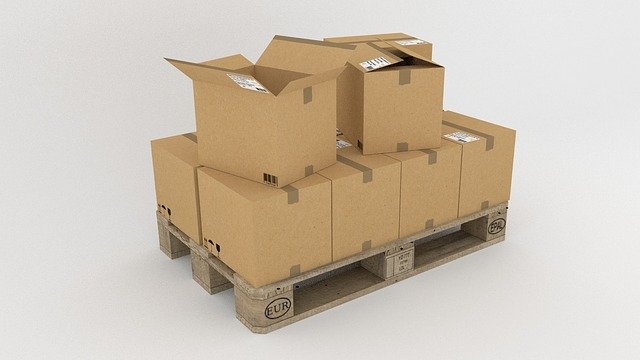In this age of e-commerce, the story of losses from damaged goods leading to financial loss cannot be ruled out.
This type of financial setback is not surprising, as it has long been considered that there is a certain amount of damage loss businesses find acceptable. It can be anywhere from 2 to 10%, but every business in every sector manages to define its own acceptable rate of damage.
In this article, Mr. Gaurav Jalan, Founder, and Director of Packman Packaging Pvt Ltd talks about the real cost of damage that can affect the packaging in e-commerce.

The Damage Is It Allowed Or Avoidable?
Businesses use a range of tools and methods to keep damage rates at an acceptable range like the quality control checks and returns tracking reports. They keep a vision out for ranges that indicate a problem, and the rest of the damage is simply written off as a loss. This is the cost for doing business, many businesses say.
Companies should never consider any damage rate as acceptable. Damage reduction might and should be enhanced in order to retain customers and decrease costly returns.
But preventing or avoiding damage during shipments is not just a good business decision, it is a sustainability imperative. The irony is almost no one is bothered to look at this issue.
Most often when a retailer decides to look for sustainability profits inside the shipping cycle, they are almost always thinking of the recyclability of the packaging. They are only focusing on actions like the swapping plastic air pillows for materials that could be tossed straight into recycling bins.
But here is a thing, producing and disposing of the packaging materials account for about 5% of the environmental effect of the shipping. So even if a retailer finds a packaging material that was carbon neutral and was recycled 100% of the time simply because the material is recyclable does not mean it is recycled at most, they will only improve the ecological footprint of its shipping cycle by almost 5%.
Close to 48% i.e. approximately half of the total environmental expenses of shipping come through damage, and that is assuming a damage rate of almost 1% which most would consider outstanding.
Even though a 1% damage rate, the effect of that damage still represents 48% of the ecological impact linked with shipping.
If one is a retailer looking at the fulfillment criteria as a place to lower environmental impact where should one begin? Under the 5% impact of interior packaging materials? Or would one work on getting the damage rate under 1%? Would you stop thinking 1% is the norm? Yes, materials which are easily disposable matter. And the sustainability values of a business are clearly expressed by the materials used to deliver goods. These are conversations one should continue to have and solutions one must continue to innovate.
Look Outside The Recycled Horizon
The real sustainability effect does not come from whether or not it is made from recycled material or if it can be recycled, it remains in the capability to throw out the risk of damage and eliminate the hazard of that item increasing its environmental footprint.
Being recyclable is not a silver spoon. You are not going to be able to recycle your way beyond the environmental problems that e-commerce produces.
Making more items recyclable is a big decision, but those solutions must also need less energy to produce, lesser trucks for transport, fewer fuel for the trucks and more recyclability towards the end of life.
This is not an easy situation, and at a time when there is huge and justified buyer pressure on plastics, it is a subtle conversation to have with businesses and buyers just the same.
Packman Packaging is working towards a goal as an industry expert to assist brands, retailers, and buyers understand that ensuring a product is delivered undamaged, using materials that are sourced, made and applied using the least number of waste and energy is what will lead to real sustainable results.




